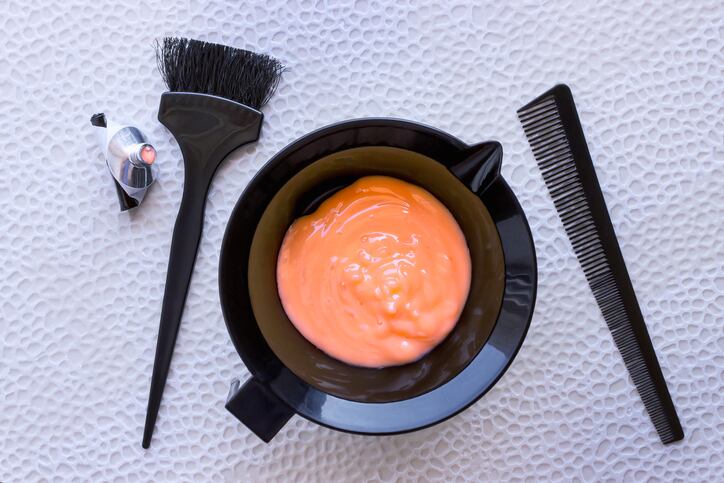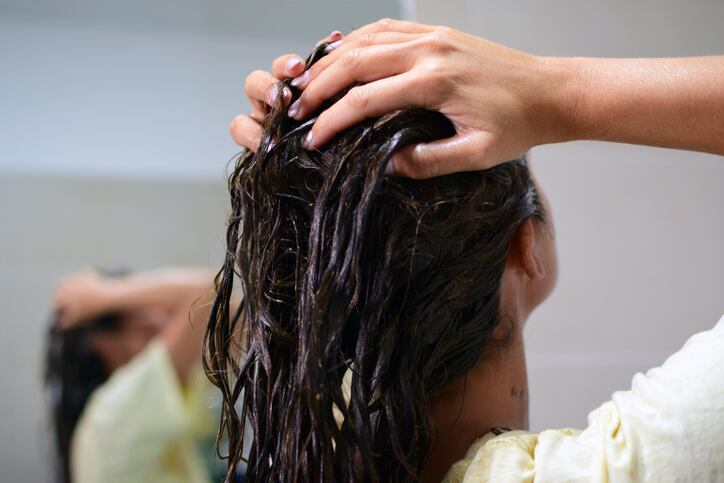The final opinion on Indigofera tinctorial as an ingredient in non-oxidative conditioning hair colouring products was adopted by the European Commission on April 3. The final opinion on use of aluminium in antiperspirants and cosmetic products and the final opinion on use of ZPT for anti-dandruff hair products were both adopted in early March, following the SCCS’s plenary meeting on March 3-4.
Hair dye – safety at certain concentrations
The SCCS concluded that use of Indigofera tinctorial was safe at on-head concentrations of up to 25% in non-oxidative conditioning hair colouring products.
It added that a “a weak skin sensitisation cannot be excluded” for use of Indigofera tinctorial in other cosmetic products.
Last month, the SCCS also finalised its safety opinion on the use of DHA (chemical name 1,3-Dihydroxy-2-propanone) as a leave-on hair colouring ingredient and in self-tanning creams. The opinion said the ingredient was considered safe when used at maximum concentrations of 10% in both formulations.
Aluminium – systemic exposure and retention
For use of aluminium in anti-perspirants and cosmetic products such as lipsticks and toothpastes, the SCCS final opinion said aluminium compounds were considered safe at varying concentrations. It concluded safe levels were: 6.25% in non-spray deodorants and antiperspirants; 10.60% in spray deodorants and antiperspirants; 2.65% in toothpaste; and 0.77% in lipstick.
The final safe concentrations followed the SCCS’s second preliminary opinion and it said they had been calculated considering “a total systemic body burden” if all three product types were used on the same day.
The SCCS said: “The systemic exposure to aluminium via daily applications of cosmetic products does not add significantly to the systemic body burden of aluminium from other sources.” However, it acknowledged that daily aluminium exposure from the diet – a major source in the population – had not been considered for this assessment.
On the topic of aluminium retention in the body, the SCCS said that whilst accumulation could not be ruled out after dermal exposure, “any significant accumulation in the body is unlikely following daily use of cosmetic products”.
ZPT – toxicological data and skin penetration
In its final opinion on use of ZPT as an anti-dandruff ingredient in rinse-off hair products, the SCCS said use at a maximum concentration of 1% was safe. This final opinion aligned with its preliminary opinion.
This usage level, it said, aligned with conditions laid out in Article 15(d) of the Cosmetics Regulation (EC) No. 1223/2009 and considered new scientific data provided since the last opinion, including toxicological data, irritation and corrosivity and skin penetration studies. The toxicology studies, evaluated by the European Chemicals Agency (ECHA) and the Swedish Chemicals Agency (KEMI), it said, did not lead to changes on the SCCS’s earlier opinion.




